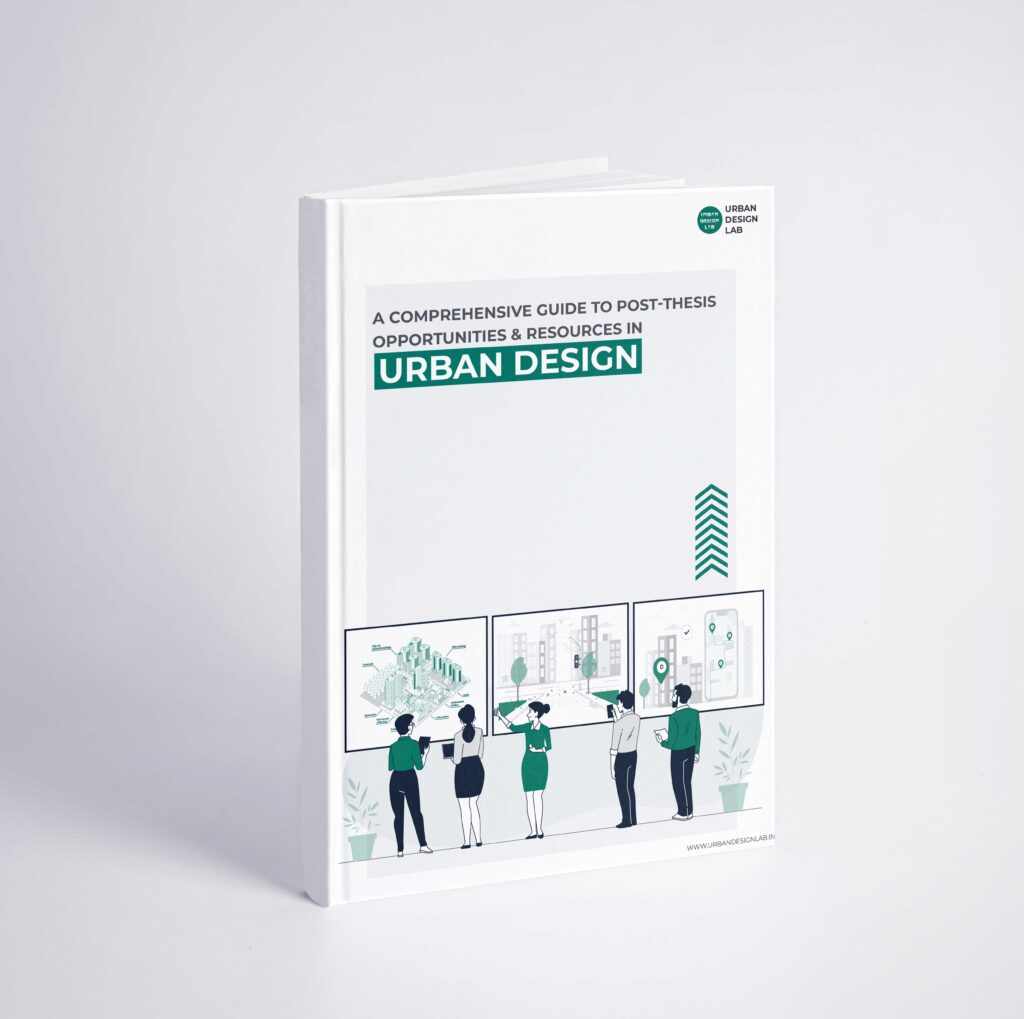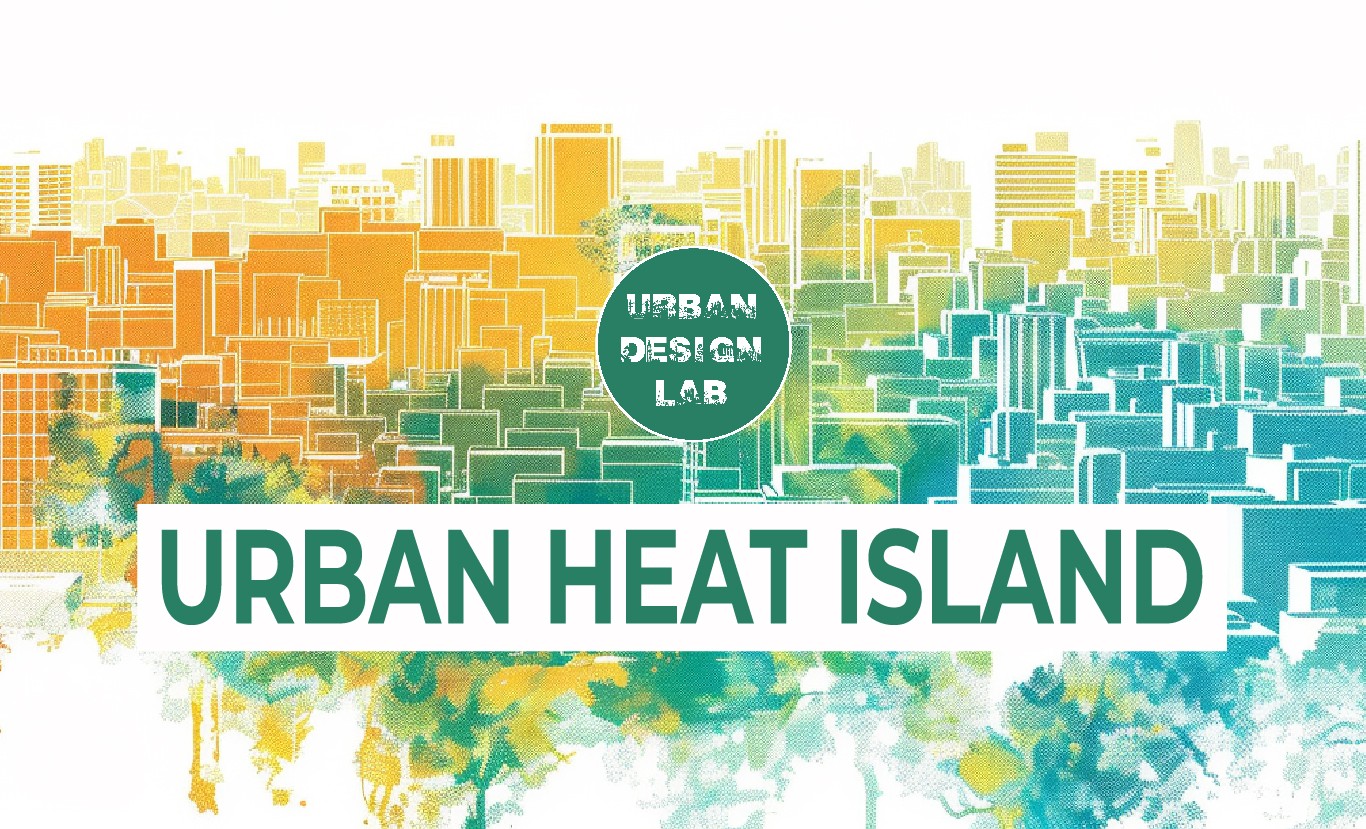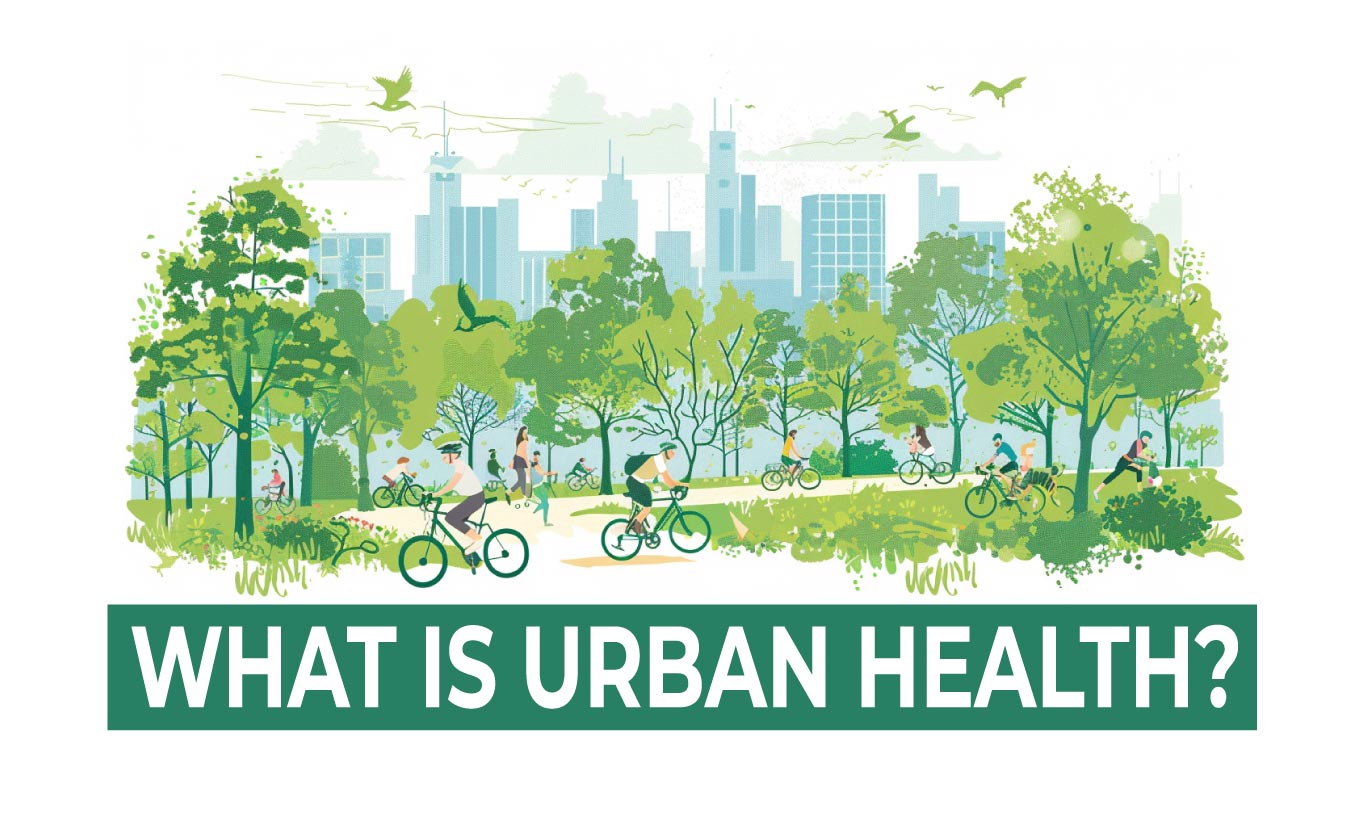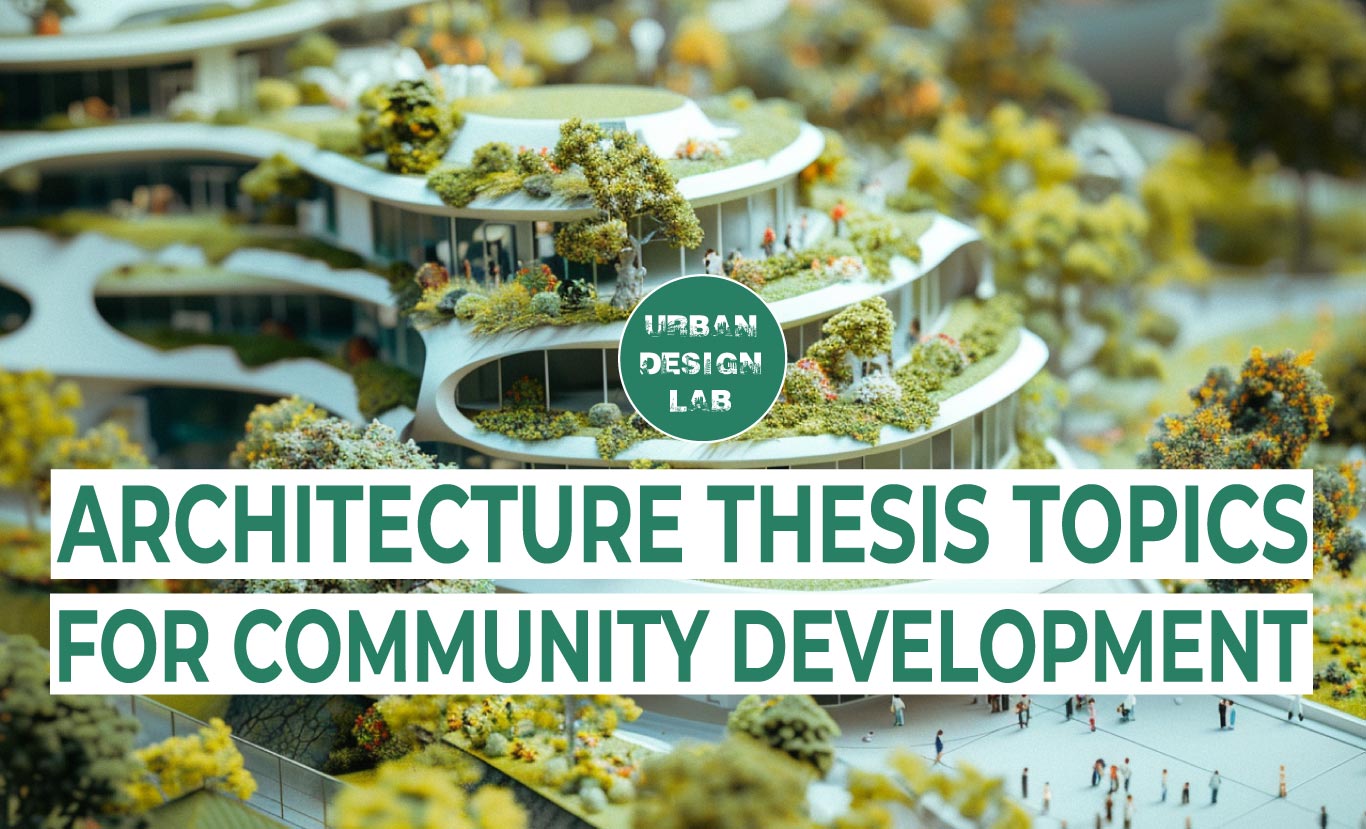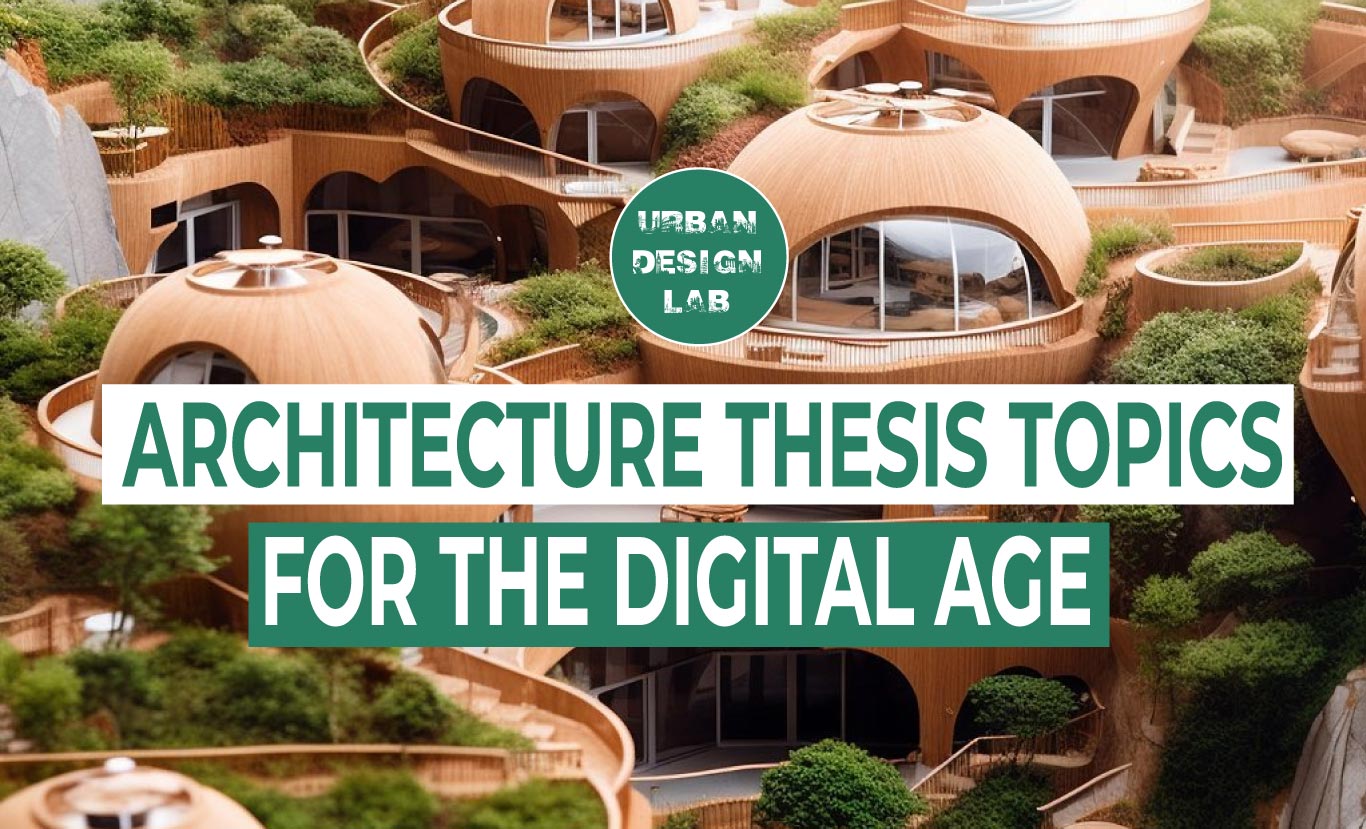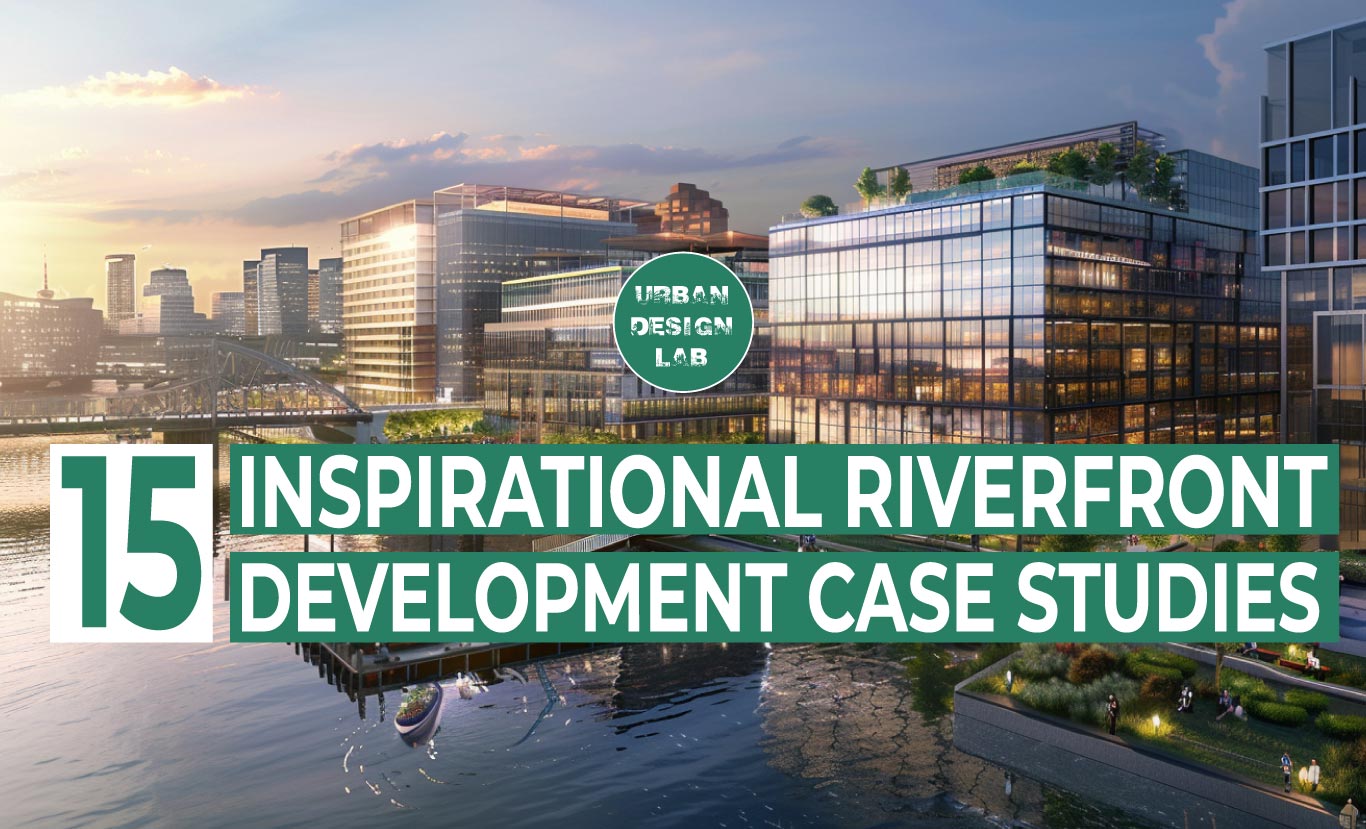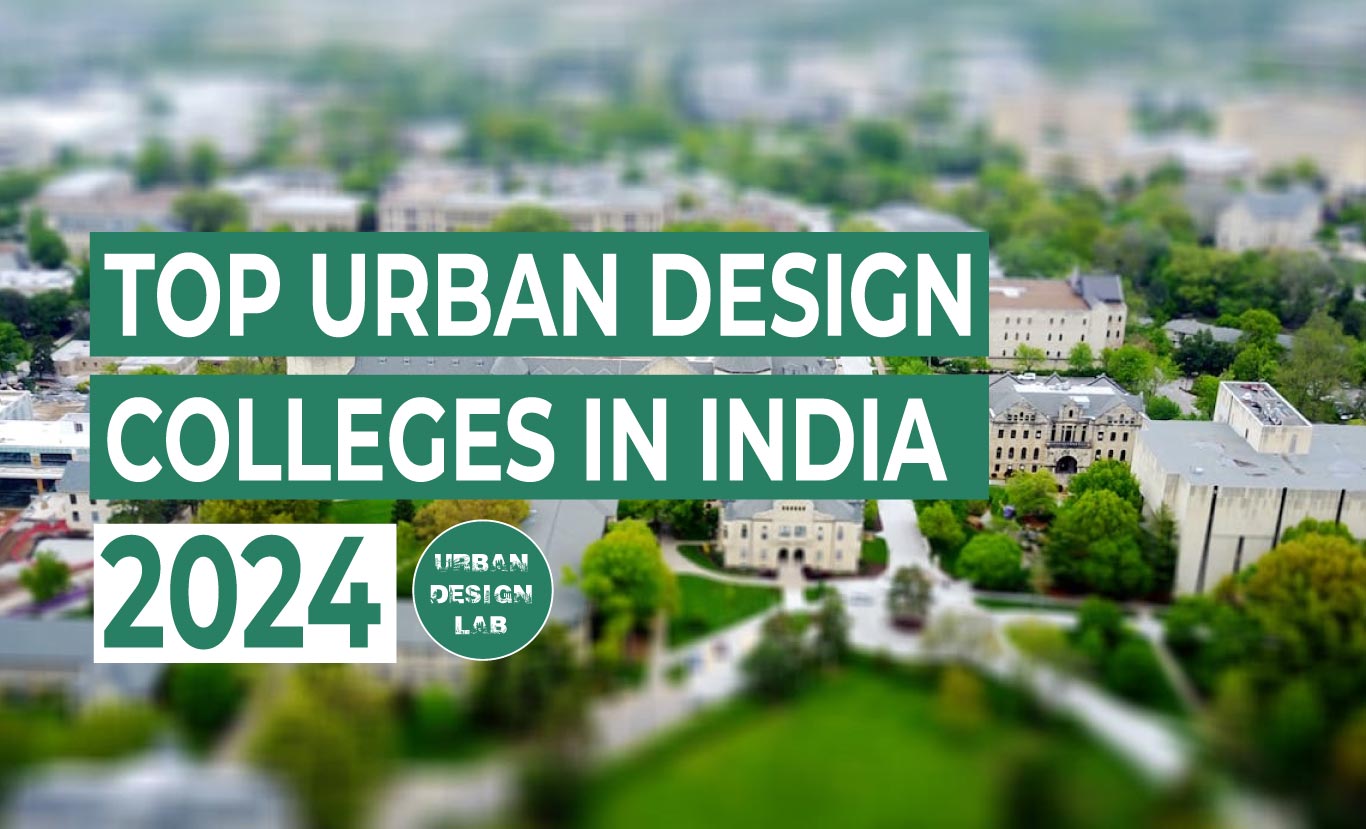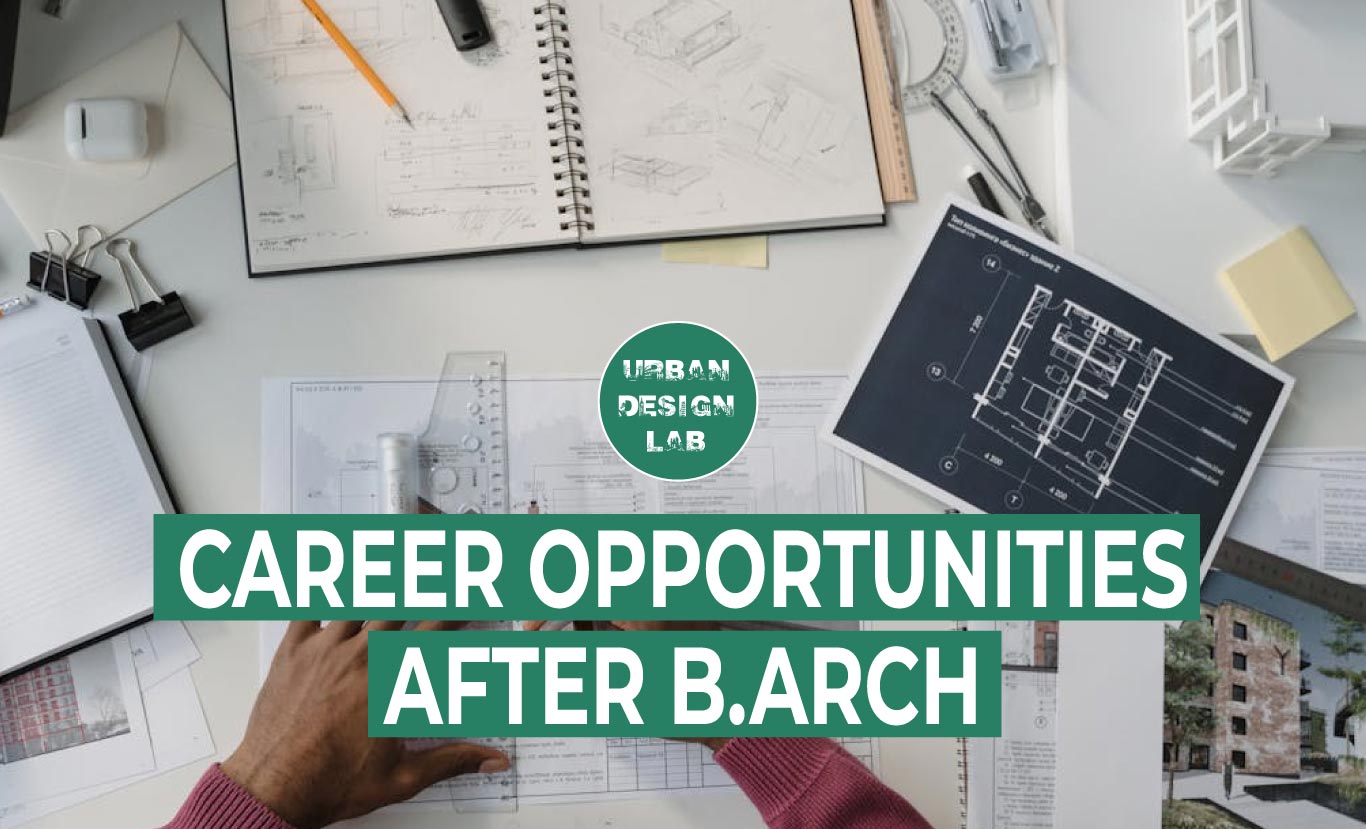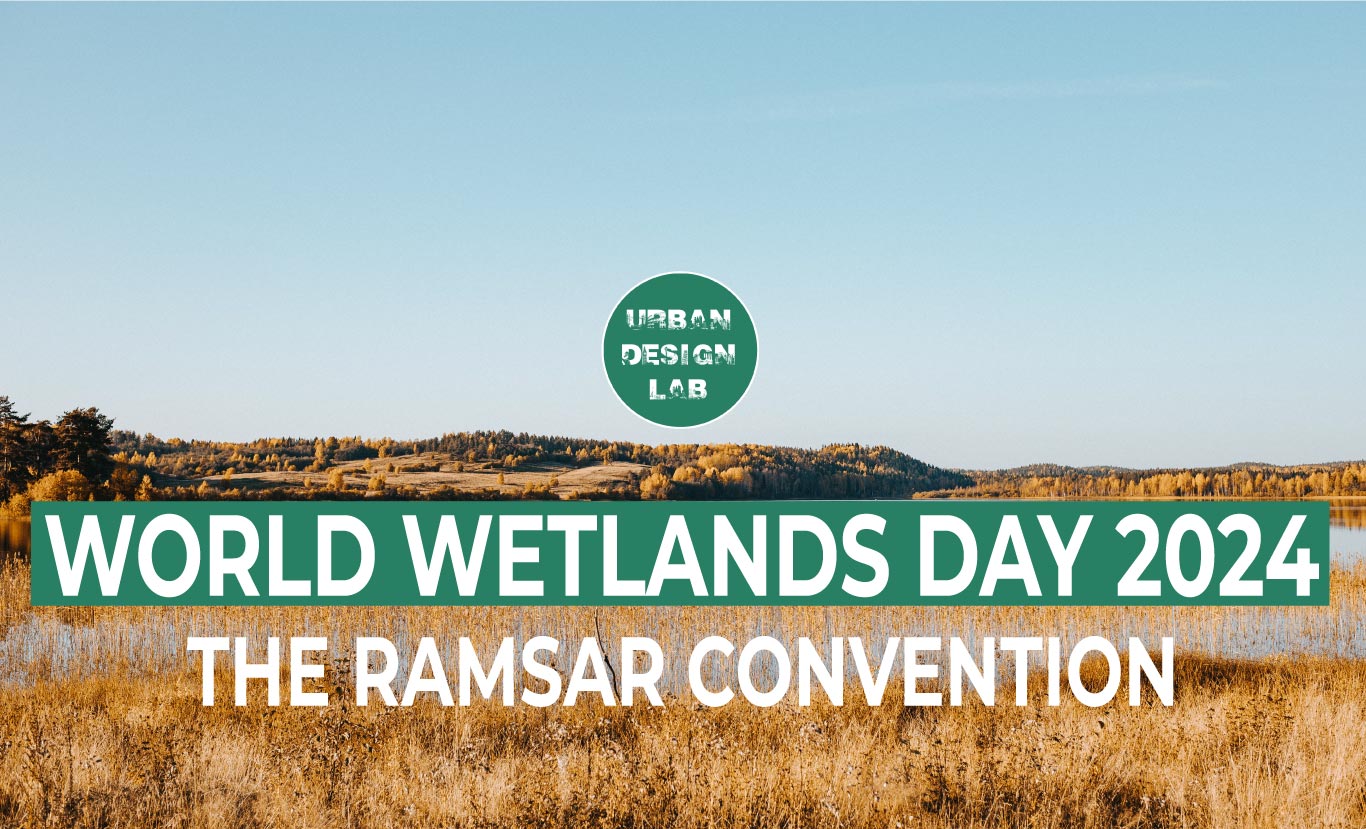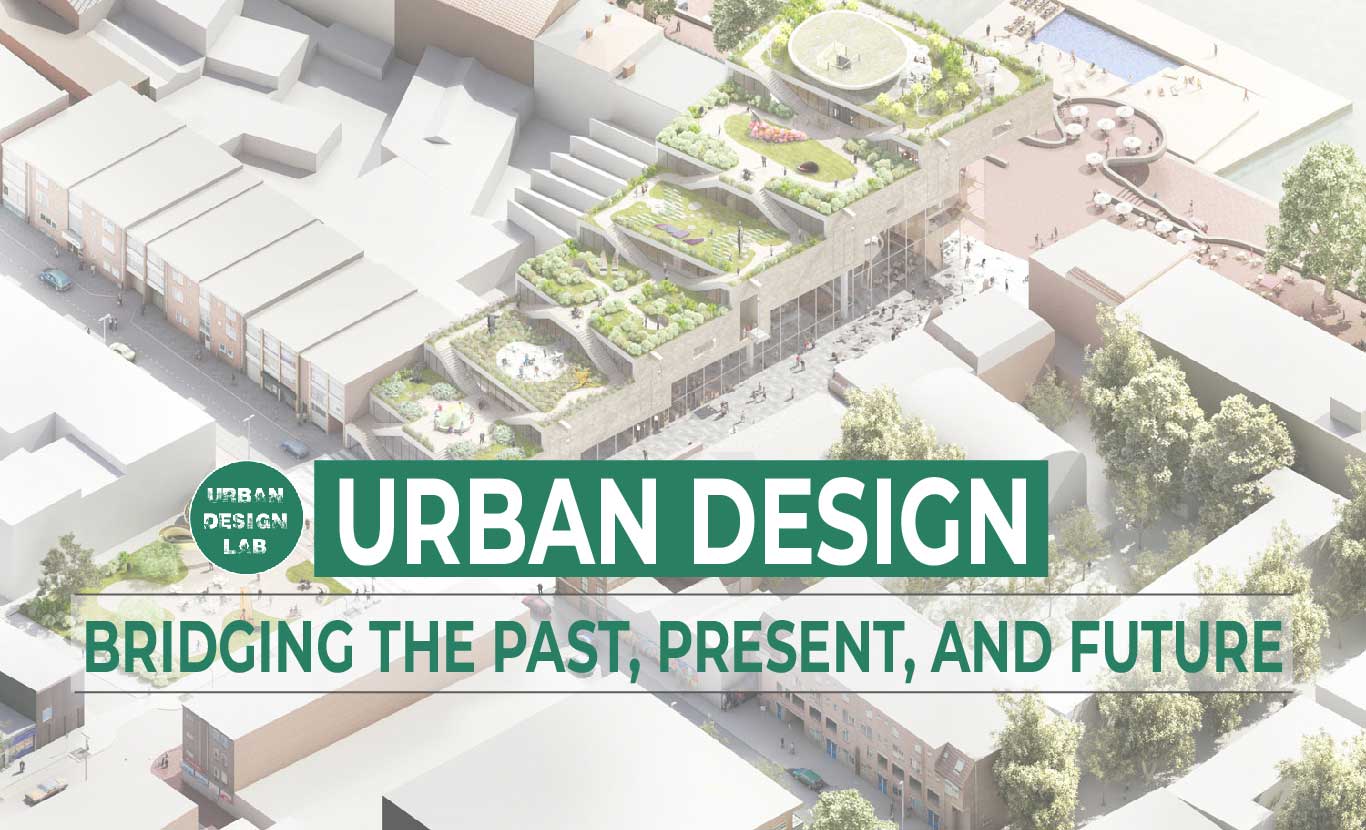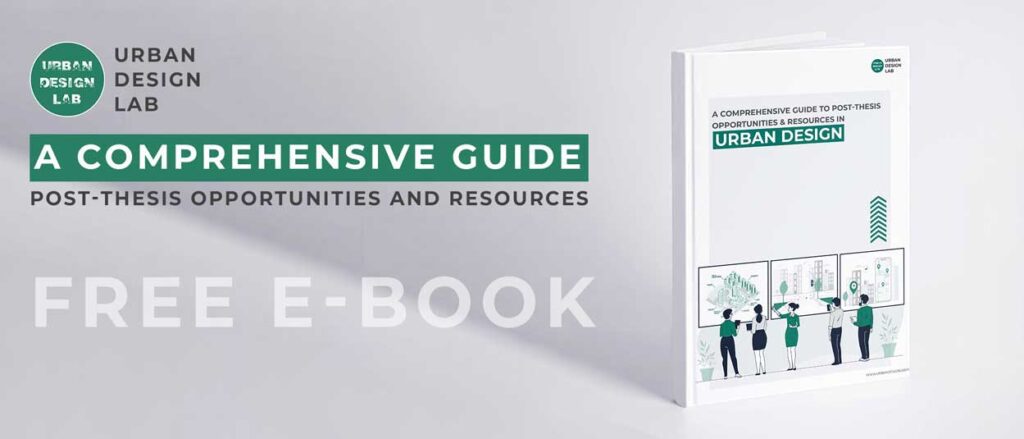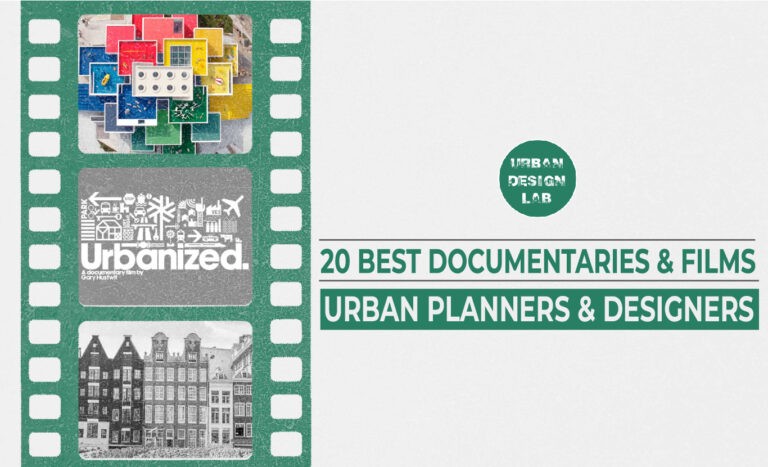
15 Best American Urban Documentaries you must watch

The five largest countries in America (territorial extension) are Canada, the United States, Brazil, Argentina, and Mexico. These places are totally different from each other, diverse, culturally rich, and are also responsible for excellent cinematographic productions. No matter what you want to learn and what makes you feel inspired about architecture, art and urbanism, here you will discover how plural and impressive the American continent is, and you will also find extraordinary cinematographic productions about cities, design, places, history, and culture for architects, artists, and urban lovers. This list of 15 items (and 2 bonuses) explores the relationship between art, photography, design, architecture, and the urban landscape on interests in extraordinary films and documentaries. Enjoy!
Canada
1) Manufactured Landscapes
This feature-length documentary follows the Canadian photographer Edward Burtynsky as he investigates the tremendous environmental consequences of the country’s industrial revolution and rapid economic expansion. Burtynsky took large-scale photographs of ‘manufactured landscapes,’ such as quarries, recycling yards, factories, mines, dams, and photographs of civilization’s materials and debris, but in a way that people describe as “stunning” or “beautiful,” and thus raises a slew of ethical and aesthetic questions without attempting to answer them easily. The film shows the evidence and consequences of landscapes that have been transformed by large-scale human activity and also attempts to change our consciousness about the world and how we live in it in the process (Muller, 2012).
2) City Dreamers
Year: 2018
Duration: 80 minutes
Director: Joseph Hillel
Trailer: https://www.youtube.com/watch?v=BcP8JFEMENE&ab_channel=UofTDaniels
This feature-length documentary follows the Canadian photographer Edward Burtynsky as he investigates the tremendous environmental consequences of the country’s industrial revolution and rapid economic expansion. Burtynsky took large-scale photographs of ‘manufactured landscapes,’ such as quarries, recycling yards, factories, mines, dams, and photographs of civilization’s materials and debris, but in a way that people describe as “stunning” or “beautiful,” and thus raises a slew of ethical and aesthetic questions without attempting to answer them easily. The film shows the evidence and consequences of landscapes that have been transformed by large-scale human activity and also attempts to change our consciousness about the world and how we live in it in the process (Muller, 2012).
3) Archipelago
Year: 2021
Duration: 72 minutes
Director: Félix Dufour-Laperrière
This animated documentary film is about the contradictions between Quebec’s position as a Canadian province and the Québécois people’s view of themselves as a separate nation explaining the province’s status as an “uncertain country”. The video, which takes an experimental and non-linear approach, explores many forms of animation, drawing, and painting and at times appears to have sprung straight from someone’s drawing diary. In this production, the real and imagined pasts are seen from the same vantage point in the present. It’s like a postmodern historical perspective. Everything is current; the past and present coexist (Robinson, 2021; Ide, 2021).
The United States
4) The Pruitt-Igoe Myth: An Urban History
Year: 2011
Duration: 83 minutes
Director: Chad Freidrichs
Trailer: https://vimeo.com/ondemand/thepruittigoemyth/18356414
Pruitt-Igoe was an urban residential complex built in the city of St. Louis, Missouri, between 1954 and 1955. Living conditions at Pruitt-Igoe began to deteriorate soon after it was completed. By the 1960s, the district was in extreme poverty, with high crime and segregation rates, garnering international media attention. On March 16, 1972, all 33 buildings were destroyed using explosives. Minoru Yamasaki (the same architect of the World Trade Center buildings) built this complex, which was demolished in a dramatic and widely known implosion. The Pruitt-Igoe Myth documentary traces the personal and emotional histories of the project’s numerous tenants, as well as the social, economic, and political challenges. Charles Jencks mythologized the Pruitt- Igoes’ destruction as “the day of the death of Modern Architecture”. The dimensions of Pruitt-Igoe’s failure provoked an intense debate about traditional public housing policy in America (The Pruitt-Igoe myth, 2011; Helm, 2012).
5) Eames: The architect and the painter
Year: 2011
Duration: 84 minutes
Directors: Jason Cohn and Bill Jersey
Trailer: https://www.youtube.com/watch?v=q1d_8BlxeTw&ab_channel=NewTubeTRAILERS
‘Eames: The Architect and the Painter’ is a 2011 documentary film about the “Eames Office” and American designers Charles and Ray Eames. An artistic combination that contributed distinct qualities to their relationship from 1941 until 1978: he had studied architecture, and she had studied painting and sculpture. They are widely regarded as America’s most prominent and influential designers, whose work literally shaped the second half of the twentieth century and continues to be culturally relevant and economically successful today. Although their name is still most generally linked with the Herman Miller company’s chairs, the film claims that their distinctive blend of practicality and elegance has left its mark on practically every facet of modern life (NYTIMES, 2011; Eames: The Architect and the Painter, 2014).
6) Citizen Jane: Battle for the City
‘Citizen Jane: Battle for the City’ is a story about Jane Jacobs’ revolutionary way of thinking and the beginnings of her memorable 1961 treatise, “The Death and Life of Great American Cities”, in which she single-handedly challenge the traditional urban planning model. Robert Moses, New York’s “Master Builder” and defender of massive urban redevelopment programs, represents this model regarded as conventional. This film is also a narrative of America’s recent urban past when “top-down” bureaucratic methods of city planning collided with popular, “bottom-up” alternatives. As a strong opponent of Moses’ ideology, Jane Jacobs has a lot to teach us about healthy, fair, and vibrant cities, rescuing the street as a public space, constructing more safe and livable neighbors, and valuing the human scale (Landrum, 2017).
BONUS: A Broken House
Country: USA/Lebanon
Year: 2020
Duration: 21 minutes
Director: Jimmy Goldblum
Trailer: https://www.youtube.com/watch?v=gyDEcXLbOZs&t=300s&ab_channel=TheNewYorker
‘A Broken House’, directed by Jimmy Goldblum, tells the tale of Mohamad Hafez, a Syrian citizen who came to the United States on a single-entry visa to study architecture but was unable to return home. If he did, he would be drafted by the military. Faced with his destiny, he turned his homesickness into art, creating small models of his birthplace and creating the “Damascus of his memories.” “If you can´t get home, why don´t you make it home?” After the Syrian civil war started, the architectural project took on a political dimension by conveying the tale of the people who live there, depicting the magnitude of the city’s destruction, humanizing refugees, and sharing their experiences (Harrouk, 2021).
Brazil
7) Architecture, the transformation of space
Original title: Arquitetura, A Transformação do Espaço
Year: 1972
Duration: 58 minutes
Director: Walter Lima Jr
Trailer: https://www.youtube.com/watch?v=ydm1uYqPcN8&ab_channel=BrasilAntigo
The film is divided into three movements and presents a historical synthesis of Brazilian architecture. The first movement covers the history of Brazilian architecture, with works ranging from colonial architecture to the Ministry of Education and Health as examples. In several shots, the filmmaker shows structures in the cities of Olinda, Petrópolis, and Rio de Janeiro that reflect various architectural styles. The second movement has architects discussing the profession’s dilemma, including Lina Bo Bardi’s comments and an architectural student’s aspirations. Burle Marx attacked São Paulo’s architecture and lack of urban governance in the third movement, which was followed by testimonials from Lúcio Costa (pioneer urban planner of modernist architecture in Brazil, he was recognized worldwide for the “Plano Piloto de Brasília” project) and residents of several Brazilian cities who speak about the environments they live in (Delaqua, 2014).
8) Elevated road 3.5
Original title: Elevado 3.5
Year: 2010
Duration: 72 minutes
Directors: João Sodré, Maíra Bühler and Paulo Pastorelo.
Trailer: https://www.imdb.com/video/vi594412057/?ref_=ext_shr_lnk
This is a documentary about the lives of people who live, work, and/or travel along the 3.5 kilometers of the “Minhocão”. This elevated road crosses the central region of São Paulo and was built during the military dictatorship. From windows and different perspectives, the viewer is directed via several points of view from street level to the top floor. The film unfolds through absorption in the tales of the characters above and below the road, in the shadow or in the threads of light that draw a cut-out metropolis. Archival photographs replace the memories of the tailor, the bricklayer, the businessman, the daughters of Italian immigrants, or the singer. People who are there by choice or not, for a long time or a short time, are of different ages and origins (Elevado 3.5, 2010).
9) The Man of the crowd
Original title: O homem das multidões
Year: 2013
Duration: 95 minutes
Directors: Marcelo Gomes and Cao Guimarães
Trailer: https://www.youtube.com/watch?v=2P-jUjiObNk&ab_channel=figafilms
This extraordinary production is about the loneliness of man in the city. ‘The Man of the Crowd’ is a Brazilian drama film whose script is based on Edgar Allan Poe’s short tale “The Man of the Crowd.” The narrative of Juvenal, a subway driver in Belo Horizonte, and Margô, a train traffic controller, is told in this video. Both are deeply lonely, each in their own way. ‘The Man of the Crowd’ is a reflection of many kinds of loneliness in the city, where even being in the middle of a crowd may make you feel like the loneliest person in the world (Bianchini, 2014).
BONUS: A Machine to Live In
Country: Brazil/USA
Year: 2020
Duration: 88 minutes
Director: Yoni Goldstein and Meredith Zielke
Trailer: https://www.youtube.com/watch?v=Jdmsq2x7Nao&ab_channel=visionsdureel
‘A Machine to Live’ In is a feature-length documentary on the creative and material processes involved in creating one’s utopia. In 1956, Brazil chose to create an entirely new capital, “Brasília”, a modernist model of a metropolis that precisely embodies the belief in a technologically developed ideal place to live. Brasília was inaugurated as the capital of Brazil in 1960 and is a planned city distinguished by its white and modern architecture, essentially designed by the Brazilian architect Oscar Niemeyer. The words of Brazilian writer Clarice Lispector in the documentary juxtapose with this extreme modernity. The futuristic ambitions for “the city of the future” conflict with Brazil’s deep-rooted cultural heritage and the realities of its people. This “sci-fi” documentary paints a multifaceted portrayal of life, poetry, and myth against the backdrop of Braslia’s space-age city and a thriving landscape of UFO cults and transcendental spaces (Goldstein and Zielke, 2020; A machine to live in, 2022).
Argentina
10) Sidewalls
Countries: Argentina, Spain and Germany
Original title: Medianeras
Year: 2011
Duration: 95 minutes
Director: Gustavo Taretto
Trailer: https://www.youtube.com/watch?v=fPc9D5eLLig&ab_channel=Cin%C3%A9latino
Architecture is portrayed in an extremely delicate and extraordinary way in this film. Director Gustavo Taretto uses this architectural viewpoint to show the audience the peculiarities of living in mono-environments, as well as the ordinary way in which people’s social, professional, and private lives interact. This feature film called ‘Medianeras’ is built on four pillars, according to its director: the city (in this case, Buenos Aires), which is chaotic, unpredictable, but also appealing / urban solitude, daily coexistence with perfect strangers who are indifferent to one another / in communication, technology, which is designed to connect us but paradoxically separates us / the search for love, the difficulty of two people who live on the same block and are “soulmates” to find each other. Dialogues that introduce us to Buenos Aires architecture and others that show the importance of architecture in people’s daily lives. The film’s development uses architecture as a metaphor for existential problems. The city’s disorder is depicted not as a symptom but as a possible cause of modern life’s disarray (Franco, 2011; Timm, 2018).
11) Building a city
Original title: ‘Construcción de una ciudad’
Year: 2007.
Duration: 87 min.
Director: Néstor Frenkel
Trailer: https://youtu.be/s7n88Yz8_YU
The Argentine city of ‘Federación’, located in the province of ‘Entre Ríos’ and bordering the Uruguay River, was evicted in 1979. Its residents relocated to a new city to allow it to allow for its demolition and subsequent flooding. This documentary shows the process of eradication in ‘Federación’, which was required to construct a hydroelectric dam. After the entire destruction of what is now known as the “Old Federation”, a procedure in which the State offered housing and assurances for the commencement of the new city, the inhabitants were evacuated to a nearby new place, a new city, with no trees, no birds, no club, no bar where to find yourself, no sidewalk, without identity, with low houses, equal to each other and all of them with straight lines. ‘Building a City’ goes into the residents’ historical life and recollections roughly 30 years after their relocation. The focus of this documentary is not on the architecture designed for the “New Federation” but on the uprooted lives of the population that suffered because of the relocation (Coti, 2007; Portilla, 2011).
12) A Concrete Cinema
Original title: Un cine en concreto
Year: 2017
Duration: 78 minutes
Director: Luiz Ruciello
Trailer: https://www.youtube.com/watch?v=3uzGidVej5g&ab_channel=MiamiFilmFestival
In a little community in Argentina, Omar, the bricklayer, a cinema buff, lives. He decides to create his own cinema because there is none in the community, toiling alone for years to erect the edifice from leftover materials on top of his house. He displays oldies for the entertainment of the residents using an outdated projector. An inspiring story about one man’s passion for movies. It restores your confidence in humanity by being subtle, atmospheric, and pleasant (Ottawa, 2020).
Mexico
13) Frida
Country: Mexico/USA/Canada
Year: 2002
Duration: 123 minutes
Director: Julie Taymor
Trailer: https://www.imdb.com/video/vi871341593/?playlistId=tt0120679?ref_=ext_shr_lnk
This film shows the professional and private life of the surrealist Mexican artist Frida Kahlo. Frida Kahlo was one of the main names in the artistic history of Mexico. This remarkable woman was a painter well-known for her portraits, self-portraits, and works inspired by Mexican nature and artifacts. She explored questions of identity, post-colonialism, gender, class, and race in Mexican society in her works, which were inspired by the country’s popular culture. Her paintings were frequently autobiographical and blended reality and imagination. She is also recognized for painting about her chronic pain experience and expressing it in her works. She was reputed and acclaimed as an artist; furthermore, this film shows Frida had an open marriage with Diego Rivera, her partner also in the arts, and also an affair with the politician Leon Trotsky and several other extramarital affairs (Zelazko, 2022).
14) In the Hole
Original title: En el Hoyo
Year: 2006
Duration: 84 minutes
Director: Juan Carlos Rulfo
Trailer: https://www.youtube.com/watch?v=XQe_bpExqKU&t=3s&ab_channel=BennyContrerasCabre
According to legend, the devil asks for souls so that bridges would not fall when they are built. The narrative of various employees participating in the building of the so-called “Second Level” of a bridge (Puente Periférico) in Mexico City is told in this documentary feature film. Although all of this is a ruse, the goal is to grow closer to everyday life, dreams, and amazing dignity through experiencing humor, romance, and tiny moments that will culminate in the nourishment the devil requires to keep this bridge intact (En El Hoyo, 2006; Armazem.AZ, 2016).
15) The Proposal
Countries: Mexico/USA
Year: 2018
Duration: 86 minutes
Director: Jill Magid
Trailer: https://www.youtube.com/watch?v=jcYZEGqTstk&ab_channel=oscopelabs
The documentary explores the Legacy of the Mexican Architect Luis Barragán. The film analyzes Magid’s ambition to bring the late architect’s collection home and make it publicly accessible. Barragán was one of Mexico’s most famous architects and is well known for his brilliantly colored buildings. He died in 1988. Rolf Fehlbaum, the Swiss furniture business Vitra owner, acquired Barragán’s entire professional record in 1995 and presented it to his then-fiancee, Federica Zanco, an architectural historian, as a wedding present. It has remained inaccessible in Switzerland since then. ‘The Proposal’ is an audacious plan that evolves into a fascinating piece of art in and of itself, a negotiation that examines how far an artist will go to democratize access to art. In this context, Jill Magid handles complicated issues such as national heritage and repatriation, art’s financial and symbolic significance, private vs. public ownership, and what Barragán’s legacy truly means (Tate Modern, 2019; Arellano, 2019).
Hope you enjoyed this content. If you know of any American production or one that portrays countries/cities on the American continent, share it too. Leave it here in the comments.

Tiffany Nicoli
About the Author
Tiffany Nicoli is a researcher and holds a Master’s in Architecture and Urban Planning at the Federal University of Viçosa, Brazil. She is enthusiastic about active urban mobility and passionate about urban design. She feels that social exchanges inspire her to think about possible and more human cities. She enjoys walking and cycling and is always excited to study and discover new cities.
Related articles


The value of urban rivers: European experiences and a South American perspective
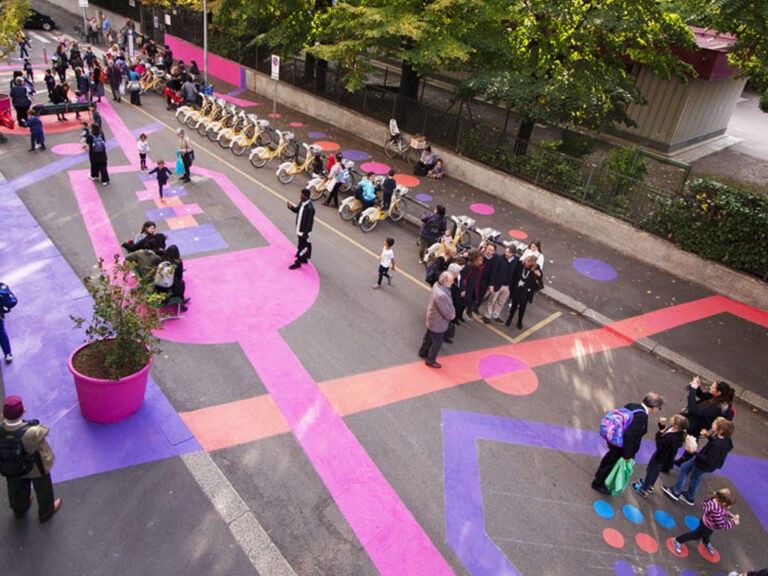
Tactical Urbanism: Antecedents and contemporary applications
Leave a Reply
UDL Photoshop
Masterclass
Decipher the secrets of
Urban Mapping and 3D Visualisation
Session Dates
4th-5th May, 2024
Recent Posts
- Article Posted:
- Article Posted:
- Article Posted:
- Article Posted:
- Article Posted:
- Article Posted:
- Article Posted:
- Article Posted:
- Article Posted:
- Article Posted:
- Article Posted:
- Article Posted:
Sign up for our Newsletter
“Let’s explore the new avenues of Urban environment together “




















